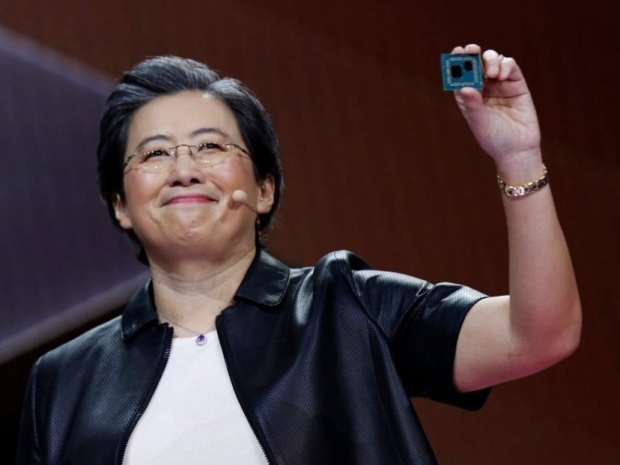According to Tom's Hardware it will be the first time the company has used a bleeding-edge node for its AI GPUs, and the move could give it a rare process advantage over Nvidia’s upcoming Rubin chips.
Chief executive Lisa Su told Yahoo Finance that the new hardware marks a major step forward.
“We are really excited about our MI450 generation, it has 2nm technology, so the most advanced fabrication capability, it has rack scale solutions, so we are really putting all of these compute elements together,” she said.
“The way to think about it is it takes a village to build this all. So, you know, we are of course very, you know, proud and focused.”
AMD’s Instinct MI350-series, based on the CDNA 4 architecture, already uses TSMC’s proven N3 technology. Moving to N2 for the CDNA 5-based MI450 line gives the company a head start in the manufacturing race, with TSMC promising a 10 to 15 per cent performance bump at equal power, or up to 30 per cent lower power at the same speeds. Transistor density will also climb by about 15 per cent compared with N3E.
The shift to gate-all-around (GAA) transistors will allow AMD to squeeze more performance out of its chiplets through tighter design and technology co-optimisation. That could mean more compute units, better power efficiency, and less wasted silicon, all crucial in the current AI arms race.
AMD’s Helios rack-scale system will use 72 of the new MI450 GPUs, backed by 51TB of HBM4 memory and 1,400TB/s of total bandwidth, significantly more than Nvidia’s upcoming Rubin-based NVL144, which tops out at 21TB and 936TB/s.
However, Nvidia still claims an advantage in FP4 compute power, with 3,600 PFLOPS compared to AMD’s 1,440 PFLOPS. The real-world results will likely depend on software maturity and interconnect scaling through UALink, which is still unproven at this scale.
One of the first customers lining up for AMD’s new silicon is OpenAI, which will begin receiving MI450 hardware in the second half of next year. The rollout will happen in stages and is expected to generate tens of billions in new revenue once fully operational.




